In its 2023-24 Summer Readiness Overview, the Australian Energy Market Operator (AEMO) has warned forecast abnormally hot and dry conditions could drive electricity demand levels to 10-year highs this summer but is confident increased renewable generation capacity will reduce the risk of blackouts.
AEMO estimates that on average, the National Electricity Market (NEM) will have 1.5 GW more dispatchable generation capacity available this year than during the 2022-23 summer. This includes the 250 MW/250 MWh Torrens Island battery energy storage facilities in South Australia, the 150 MW/150 MWh Hazelwood battery in Victoria, and the 150 MW/300 MWh Riverina energy storage system in New South Wales.
The market operator also included the 100 MW/200 MWh Capital Battery in the Australian Capital Territory in its modelling but French developer Neoen only last week said the project is facing significant delays due to connection issues. It is now expected that it will enter into operations in early 2024 at the earliest.
New wind and solar farms, including Iberdrola’s 190 MW Avonlie Solar Farm in New South Wales, will also provide about 2 GW more generation capacity than was available last summer.
In Western Australia’s Wholesale Energy Market (WEM), an additional 46 MW of scheduled generation, including the 100 MW/200 MWh Kwinana battery energy storage facility, is expected to be available.
AEMO Executive General Manager for Operations Michael Gatt said this year’s summer forecast is for hot and dry El Niño conditions, increasing the risk of bushfires and extreme heat, which could see electricity demand reach “a 1-in-10-year high across the eastern states and in Western Australia.”
In August, AEMO identified periods when electricity reliability thresholds were at risk in the NEM and the Western Australian South West Interconnected System (SWIS) but Gatt said months of planning with industry has gone into preparing the power systems for a possible summer of extreme demand.
“The entire industry has been focusing and continues to focus on managing possible risks for the summer ahead, particularly during high demand periods,” he said.
In addition to the new wind, solar and storage capacity, AEMO is also working to procure additional reserves at short notice through the Interim Reliability Reserve and Reliability and Emergency Reserve Trader (RERT) mechanisms in the NEM. In Western Australia, AEMO is tendering for reserves through the Supplementary Reserve Capacity mechanism.
“The increase in generation availability and additional reserves being procured will help navigate reliability pressures, should they eventuate,” Gatt said.
This content is protected by copyright and may not be reused. If you want to cooperate with us and would like to reuse some of our content, please contact: editors@pv-magazine.com.
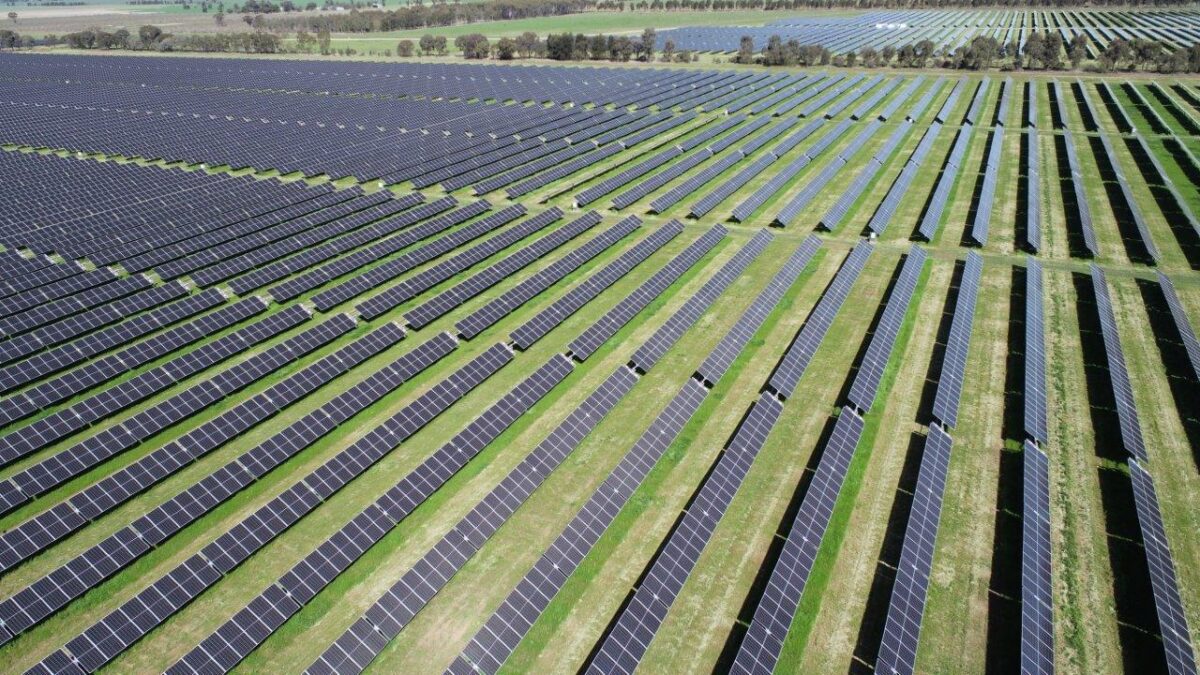


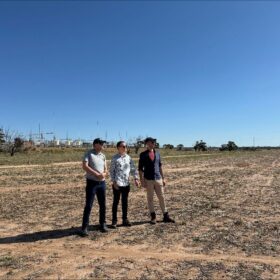
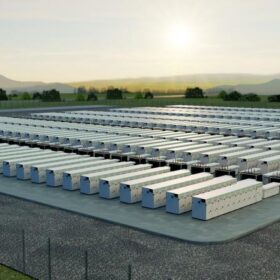
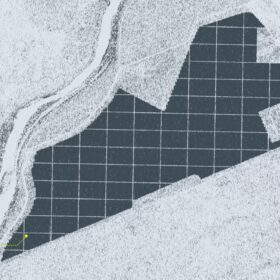
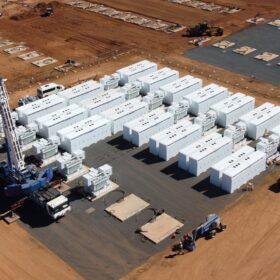
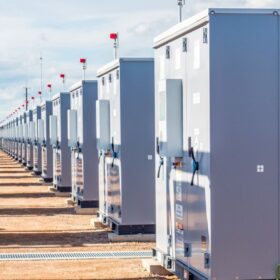
1 comment
By submitting this form you agree to pv magazine using your data for the purposes of publishing your comment.
Your personal data will only be disclosed or otherwise transmitted to third parties for the purposes of spam filtering or if this is necessary for technical maintenance of the website. Any other transfer to third parties will not take place unless this is justified on the basis of applicable data protection regulations or if pv magazine is legally obliged to do so.
You may revoke this consent at any time with effect for the future, in which case your personal data will be deleted immediately. Otherwise, your data will be deleted if pv magazine has processed your request or the purpose of data storage is fulfilled.
Further information on data privacy can be found in our Data Protection Policy.